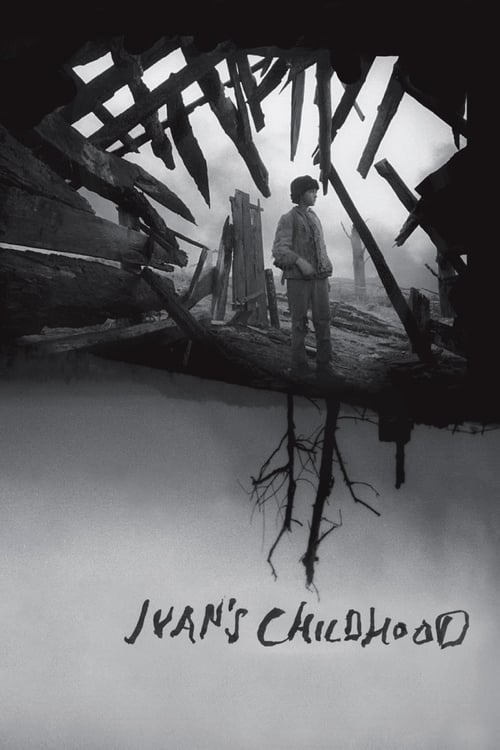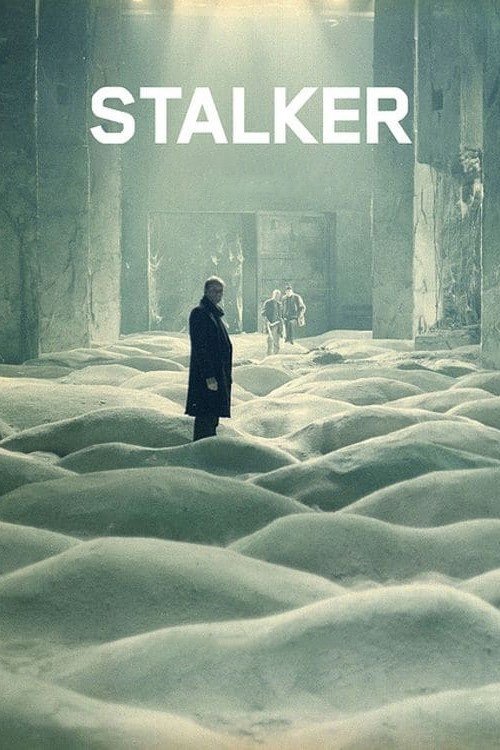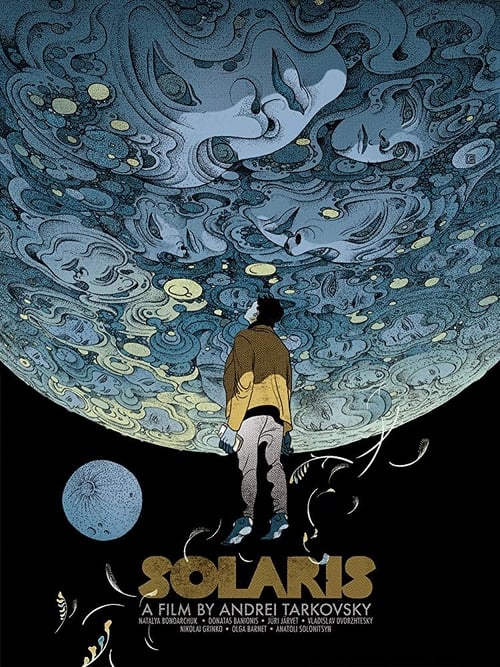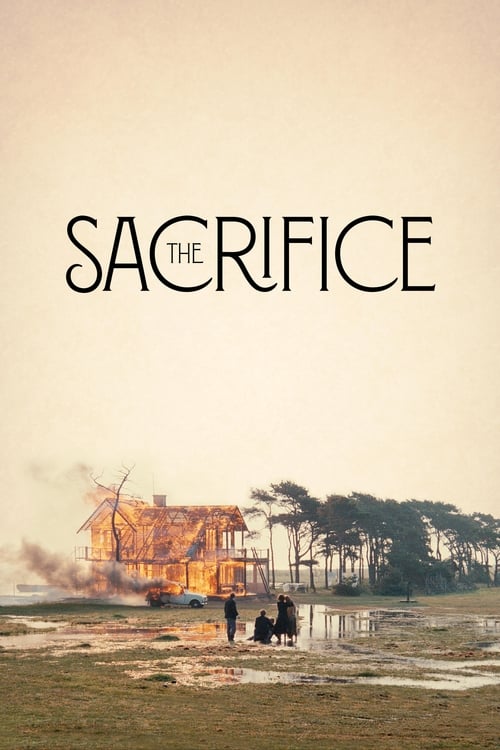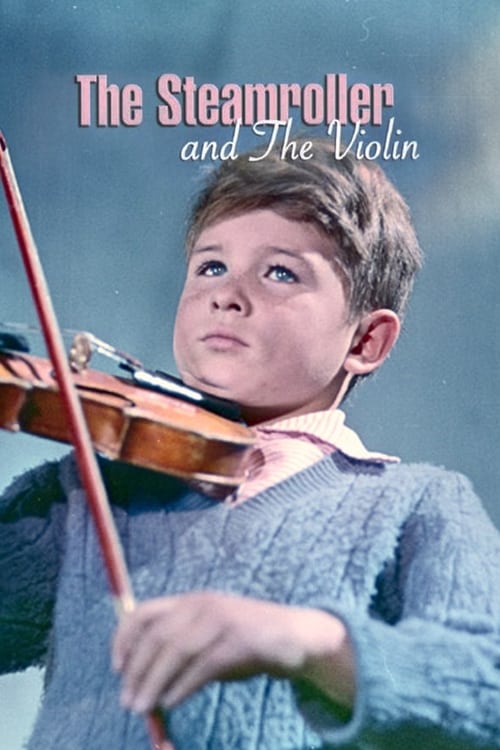Tarkovsky's Spiritual Cinema
Soviet poetry in motion
Andrei Tarkovsky revolutionized cinematic language through his metaphysical approach to time, memory, and spirituality, creating some of the most visually stunning and philosophically profound films in cinema history.
Tarkovsky emerged from the Soviet film system in the 1960s, developing a unique artistic vision that challenged both Communist authorities and conventional filmmaking. His debut feature "Ivan's Childhood" (1962) immediately established his distinctive style - long takes, poetic imagery, and a dreamlike interweaving of past and present. The film's portrayal of a young boy during WWII demonstrated Tarkovsky's ability to transcend typical war narrative tropes, instead creating a meditation on lost innocence through striking black-and-white cinematography and innovative temporal structures. This early work already showed his masterful use of natural elements, particularly water and fire, as both visual motifs and spiritual symbols.
Tarkovsky's magnum opus "Mirror" (1975) represents the fullest expression of what he called "sculpting in time." The film abandons traditional narrative structure in favor of a deeply personal exploration of memory, dreams, and history. Through cinematographer Georgi Rerberg's masterful camera work, Tarkovsky creates seamless transitions between different time periods, personal memories, and historical footage. The film's famous opening sequence, where a television set mysteriously cures a young man's stutter, exemplifies Tarkovsky's ability to imbue seemingly mundane moments with profound spiritual significance. His use of color, shifting between sepia, black-and-white, and color footage, creates a visual poetry that transcends conventional storytelling.
In "Solaris" (1972) and "Stalker" (1979), Tarkovsky transformed science fiction into a vehicle for spiritual and philosophical inquiry. Unlike Western sci-fi focused on technology and spectacle, these films use genre elements to explore fundamental questions about human consciousness and faith. "Solaris" turns a space station into a metaphysical chamber where memories materialize as physical beings, while "Stalker" transforms a mysterious Zone into a religious pilgrimage. The famous four-minute opening shot of "Stalker," showing a slow camera move across a bar table, exemplifies how Tarkovsky could create unbearable tension through minimal means, using duration itself as an artistic tool.
Tarkovsky's collaboration with cinematographers like Vadim Yusov and Sven Nykvist resulted in some of cinema's most memorable images. His signature extremely long takes, some lasting up to eight minutes, created what he called "time-pressure" - the weight of time itself becoming palpable to viewers. In "Nostalghia" (1983), the famous nine-minute single take of a man carrying a candle across a drained pool demonstrates this principle perfectly. His use of natural elements - particularly rain, fire, and wind - created a unique visual language that influenced countless filmmakers. The burning house sequence in "The Sacrifice" (1986), shot in one take with an actual burning building, represents the culmination of his technical mastery.
Tarkovsky's influence extends far beyond art house cinema, impacting directors from Lars von Trier to Christopher Nolan. His theories about "time-pressure" and spiritual cinema, outlined in his book "Sculpting in Time," continue to influence contemporary filmmaking. The meditative pace and spiritual themes of films like Terrence Malick's "The Tree of Life" or Béla Tarr's "The Turin Horse" clearly show Tarkovsky's lasting impact. His innovative use of long takes and natural elements can be seen in works as diverse as Alfonso Cuarón's "Children of Men" and Andrey Zvyagintsev's "Leviathan," demonstrating how his technical and philosophical approaches remain relevant to modern cinema.
